|
When Fr. James Hagel was assigned to St. Gabriel the Archangel parish in Chestermere, he knew the congregation was knee-deep in fundraising for its first church. What Fr. Hagel didn’t know was that days into his new posting, his contribution to that project would include a growing enthusiasm for an outdoor fundraiser that boosts the building fund while helping to build community. “Days after I started at St. Gabriel’s in September of 2018, I found myself hiking alongside parishioners as part of the Angels on High fundraiser. You know, it was more fun than I expected and it was a very nice way to meet people,” says Fr. Hagel, who’s outdoor kit includes a good pair of hiking boots, a camel-back-style water bottle and ski poles he’s modified for hiking. Multi-faceted fundraiser Angels on High (AOH) is a fundraiser St. Gabriel’s parish launched seven years ago after then parish-pastor Fr. John Nemanic joined parishioner Kevin Papke on one of the 50 mountain climbs Papke undertook to raise money for Bethany Care Foundation. That experience got the two talking. A year later, they launched AOH, a multi-faceted fundraiser that included a dinner and dance, raffles, silent auction and building fund pledges for participants of a mountain scramble. 2019 marked AOH’s seventh year, says one of the organizers, Sarah Papke, Kevin’s wife. “The focus of this year’s event changed a bit. It still raises money for the building fund, but the real focus is on building community,” she explains. And if numbers are an indication of success, AOH is thriving. In past years, about 40 people took part in the main event, a mountain trek. Many of these same individuals collected pledges and helped organize everything from t-shirt sales to raffles. This year’s AOH attracted about 70 participants. Instead of focusing on a single hike up an iconic Rocky Mountain peak, organizers planned a family-friendly, all-ages event that included two nights at Owl Group Campgrounds in Kananaskis. On Sunday, July 14, the campers rose early for mass with Fr. Hagel and two other Diocesan priests, Fr. Wilbert Chin Jon, Vicar General of the Diocese and Fr. Avinash Colaco of Ascension parish. Soon after, the keenest hikers (priests included!) headed for Grizzly Col, an 8-km trek to Grizzly Peak. The rest hiked Ptarmigan Cirque, a 4-km round trip completed in less than three hours, about half the time it takes to hike Grizzly Col. The day ended with a potluck supper served in the campground hall. If you plan it, they will come “I think this year was the best so far,” says Papke. Promoting the July 13-15 event as “fellowship weekend” encouraged parishioners to bring children of all ages. “All of a sudden we had families with little kids and we had a lot of parishioners I’d never met before.” This year’s AOH also attracted people from outside the parish. One of the hikers, a senior who read about AOH in a Diocesan newsletter, came for the fellowship and the chance to hike Grizzly Col. Instead of asking people to collect pledges, this year’s hikers (and the larger parish community) were encouraged to donate directly to the building fund. Fr. Hagel likes the move and believes it’s a good fit with the parish’s mission to be a church that welcomes and creates opportunities for people to gather in friendship and faith. St. Gabriel the Archangel parish owns the land where the new church will eventually be built in Chestermere. The parish has more than $1 million in the bank, and while it’s likely to be years before the sod is turned, Angels on High is already cultivating its place among its people. “Once we build community, the church will come,” says Papke, who’s already excited about next year’s gathering. “We booked 16 of the camping sites this year, but there are 50 spots, and I think we will get more people next year.” Written by Joy Gregory for Faithfully
Photos courtesy of St. Gabriel's Parish, Chestermere. To learn more about Angels on High and St. Gabriel Chestermere Parish community, visit: http://www.saintgabrielparish.ca
0 Comments
Standing inside the steel frame of the Marian Shrine of Our Lady of the Rockies under construction in Canmore, the fresh mountain breeze intermingles with the scent of burnt metal, plaster and cement. This time next summer, the doors of the shrine are expected to open for both parishioners and pilgrims. Last spring, 144 screw piles were being drilled into a hole in the ground to help secure the foundation. “I entered into the project right on the cusp of it really beginning to move forward. It was a really exciting moment to be there,” said Fr. Nathan Siray, who was transferred to take over as pastor in April 2018. Today, construction is well underway: the entire steel structure erected, some framing for the walls and windows in place and the concrete floor poured. When Fr. Siray stands inside the skeleton of the church, he imagines a feeling of overwhelm and splendor, but also connection and closeness. “It achieves this wonderful balance between grandeur and intimacy, which I think people are really looking for in a church building. I’m really excited that spirit is captured within the architecture,” he said. Some key design features will be a larger-than-life custom-made stained-glass window of Our Lady of the Rockies in the apse of the church. It will depict Mary holding the Christ Child amidst images of the Three Sister Mountains and Canmore’s coal mining heritage. “The moment you walk through the doors into the nave of the church, this window is going to blow you away. I think it’s going to be the centrepiece of the shrine,” said Siray. Large clerestory windows on the upper portion of the church roof will bring in an incredible amount of natural light, explained Fr. Sirary. As the sun rises and sets you will have a different play of light and shadow in the building.
She got a headache on the bus ride home from school. Her feet ache from shoes that fit this morning but now strain against swelling flesh. She feels the baby shift inside her pregnant body, and she is both exhilarated and exhausted. Sitting to unlace her sneakers, she starts to cry. Catherine Aghaegbuna heard the girl come in and sees her sitting at the bottom of the split-entry home, her shoulders quivering. Aghaegbuna takes a deep breath and welcomes the expectant mom home. Aghaegbuna is not her mother. But on this day, and at this moment, she is all the young woman has. Trained in addictions counselling and community service work, Aghaegbuna works at Elizabeth House (EH). Started in 1996 by the Sisters of Charity of St. Louis, the house provides a safe and supportive home to pregnant and parenting young women who need a safe place to live. To date, more than 200 young women have benefited from EH, one of two charities operated by the Roman Catholic Diocese of Calgary. (The other is Feed the Hungry). Christians engaged in this kind of work often talk about the need to see Jesus in the eyes of the marginalized. An immigrant and a woman of colour, Aghaegbuna sees more. “I choose to work here out of my love for the youth and children,” says the woman whose typical shifts run from 5 pm to 7 am. When the mother of five looks into the eyes of the people she serves, she sees the eyes of her own children. She’s reluctant to say her parenting experience gives her an edge, but the parishioner at Corpus Christi admits that parenting her children, ages 27, 19, 18, 13 and nine, helps her through the rough spots at work. “When the women tell me, ‘I am not your daughter,’ I tell them plainly, ‘I have no reason to deceive you. I have children like you. I am a mother.’” Moms helping moms Since 2016, members of the St. Gianna’s Moms Group at St. Luke’s parish have made women and babies at EH house special beneficiaries of an annual Christmas campaign. Named after an Italian pediatrician who sacrificed her life for her unborn child, the moms’ group buys Christmas presents that include self-care items, make up and gift cards for the young moms. “We think about what we can do to make their day special, and some of the gifts include special notes of encouragement,” says group co-leader Michelle Widmeyer, a parishioner at St. Joseph’s. Herself the mother of four, Widmeyer says members of St. Gianna’s feel blessed to contribute to the important work done at EH, where young women get help completing high school and preparing or starting post-secondary education or training. Life at EH also helps the women hone life skills that range from conflict management to cooking, laundry and housekeeping—all while carrying or caring for their new babies. “I can’t imagine what it would be like to be a young and single mother with very little support,” says Widmeyer. That grassroots support for EH’s work is greatly appreciated, says Michelle Haywood, EH program coordinator. “We survive off private donations and are not funded by the government in any way,” explains Haywood, who often finds herself coordinating donations that range from money to supplies. St. Michael’s parish, for example, recently donated a van load of baby and new mom supplies, as well as $4,000 in cash. “They provided everything from nursing bras to baby wipes. It was really something,” notes Haywood. She also appreciates what members of the Catholic Women’s League and Knights of Columbus do to support EH. A group of Knights from St. Peter’s recently took a lead role in a major landscaping project. Individual Catholics also step up with support, including a woman from the St. Paul Centre of the Catholic school district who organized a donation drive amongst her colleagues, says Haywood. Given how complicated the work at EH can be, program support translates into emotional support. “We serve vulnerable and at-risk women, and this can be very difficult work. When people care about what we’re doing, it’s like an emotional boost to our residents and staff,” says Haywood, whose professional work is tempered by life experience. The mom of three, including one born during her 12 years with EH, Haywood is a university graduate whose first baby was born when Haywood was still a teen. -------------- To learn more about Elizabeth House, or to find out how you or your organization can support the program, visit www.elizabethhousecalgary.ca or email Michelle Haywood at [email protected]. Written by Joy Gregory for Faithfully
Newlyweds Andrea and Juan Carlos received a special papal blessing at the Vatican on their European honeymoon in the spring. Dressed in their wedding attire, they were afforded an audience with Pope Francis — a moment Andrea describes as “surreal.” The couple received a blessing and the Pope asked them to pray for him. The papal audience was made possible thanks to Fr. Pilmaiken Lezanok, St. Michael Community Associate Pastor. He told the couple about this opportunity for newlyweds to meet the Pope and helped them through the process of applying for an audience. “It was just an unforgettable experience. It helped us to start on the right foot,” said Andrea. Before departing on their honeymoon, the St. Michael’s couple got married at St. Mary’s Church in Banff. St. Mary’s Church is considered a destination wedding parish. Couples travel from as far as Australia, the Philippines, Germany, England, South America, the United States of America, across Canada, Alberta and Calgary to celebrate their Sacrament of Holy Matrimony. While this small rural parish only serves about 100 registered parishioners, mainly workers who live in Banff National Park and those vacationing in the area, each year Pastor Dan Stevenot celebrates between 20 to 30 weddings. “For a small country parish, it is a lot of weddings. People are coming because of their faith and the beauty of the mountains,” said Fr. Stevenot. This is the case for James Champion and Ashley Stark, an engaged couple living on the Gold Coast in Queensland, Australia. They met in 2012 while both studying for their PhD in Psychology. Since Stark is originally from Edmonton and her family still lives there, they are planning a small 20-guest winter destination wedding for December 21, 2019. “This was an important part of our special day, to be able to celebrate our relationship not just in front of our closest friends and family, but with God’s blessing as well,” said Stark. “We really wanted to be married in a Catholic church,” said Stark. “My family is Catholic, so will no doubt enjoy the ceremony at St. Mary’s, but my Grandfather, in particular, is very devout in his faith and we really look forward to sharing this special part of our day with him at St. Mary’s Parish,” she said. While the couple has never visited St. Mary’s Church, they did meet Fr. Stevenot in January while he was visiting Australia’s Gold Coast. They organized a lunch at the local surf club, spending the afternoon getting to know one another and talking about the church and wedding plans. “This is going to make the day even more special as we have now had the chance to meet the priest who will be marrying us,” said Stark. “So despite not having been to the church itself, we feel a special connection with it already.” Written by Sara Francis for Faithfully
For more information on St. Mary's Parish in Banff, visit: http://www.stmarysparishbanff.ca
“You do not have to be Catholic to be interred here, but most are,” says Deacon Paul Kennedy, who manages the columbaria at Sacred Heart. Kennedy knows that many Catholics are uncertain about what the Church teaches about cremation. And that’s why he takes his job so seriously. Kennedy knows what the Church teaches. He is also convinced that many who visit Sacred Heart’s columbaria will leave with a new understanding of why a growing number of Catholics will choose cremation—and a columbarium—in the years to come. Catholic teaching According to information from the Canadian Conference of Catholic Bishops, the Roman Catholic church lifted its prohibition against cremation in 1963. Twenty years later, the option was coded in canon law. Over time, Christian Funeral Rites were altered to set the parameters for when cremation can take place before a Funeral Liturgy. The rites detail where cremated remains are placed during the Funeral Liturgy (never on or immediately in front of the altar). They also spell out the need for all of the cremains to be placed in a secure vessel. Fr. Edmund Vargas, a former pastor at Sacred Heart, first talked to Kennedy about establishing a columbarium in 2005. When the first of the 3,000 niches went on sale about five years later, the church-based facility was one of the first—and possibly the first—in Canada. Then-Bishop Fred Henry blessed the first columbarium at Sacred Heart on May 13, 2011, with the first interment that same month. The second columbarium opened in 2013. Accessible by elevator and stairs, visitors enter the columbaria through a locked door. Mourners receive a punch key code that allows them to visit the indoor space 364 days of the year. “The only day we are closed is Boxing Day. I know some people come here every day to spend time with their memories,” notes Kennedy. “On the second Saturday of each month, we also host a special memorial service in the church. Those are always well-attended, and many people visit the columbaria after that mass.” A sacred space The hallways inside the columbaria are adorned with 13 stained-glass windows. Purchased from a Catholic church in Buffalo, New York, the 150-year-old windows were painstakingly restored and framed. “We’ve backlit the windows, and the effect is beautiful. Visitors feel like they are walking past actual windows. You lose any sense that you are in a basement,” explains Kennedy. Once inside, visitors can rest on comfortable benches upholstered in an elegant shade of burgundy. Recessed ceiling lights contribute to the calming hue of the muted-yellow walls and ceilings. A lack of adornment inside the columbaria keeps eyes drawn to the niches. “Father Edmund chose very meaningful names for the columbaria,” adds Kennedy. The first columbarium is called the Holy Land, and its sections are named after Holy Land locales, like Bethlehem and Mount Herman. The Galilee section includes smaller areas named Grace, Hope, Joy, Peace and Serenity. A special section in the Serenity area holds the cremains of stillborn babies and others who died soon after birth. Most of the niches in the Holy Land are single niches, “but people can reserve two single niches, side-by-side, as long as they are available,” says Kennedy. The second columbarium, with more niches designed for two or four urns, is named Holy See. Each of its sections references a Holy See location. Again, families can purchase several niches in an area. Learn more People interested in touring the columbaria can reach out to Kennedy at Sacred Heart. He’s also available to speak with groups, including parish-based groups like the Knights of Columbus and Catholic Women’s League. Those interested will receive an Estate Planning Guide from a Catholic Perspective. “People have a lot of questions, and I’m here to answer them,” says Kennedy, who’s already secured a Sacred Heart niche for he and his wife. While he’s learned not to guess what questions people will bring to their first conversations about the columbaria, Kennedy’s accustomed to how the meetings end. “There is comfort in knowing what will happen after you die. After people choose a niche, their response is typically the same. They tell me, ‘I feel relieved.’”
A social held after the mass gave parishioners a chance to view a digitized collection of photographs that chronicle St. Martha’s history. “St. Martha’s is not a large parish,” says Pollard. “I would estimate that we have just over 1,000 active families. That gives our parish an intimacy that some parish communities might not have. Our parishioners tend to know one another. That’s nice.” Located in West Lethbridge, St. Martha’s celebrated its first mass on Saturday, May 7, 1994. That mass was held almost nine years after then-Bishop Paul O’Byrne appointed Fr. Pat Gorman to lead a new Catholic community in West Lethbridge. “Bishop O’Byrne suggested the parish name, St. Martha’s. It was chosen to be a lasting tribute to the Sisters of St. Martha, who founded St. Michael’s Hospital [now St. Michael’s Health Centre] in Lethbridge,” explains Pollard. The parish was officially established in 1987. The first masses were held in the newly-opened Children of St. Martha’s School. That school is located across the street from the church. St. Martha’s parish is the hub of a Catholic community that includes two Catholic elementary schools, a junior high school and a senior high school. “Our parish is very proud of the fact that we paid off the mortgage in just 15 years,” says Pollard. “It’s an indication of what the first parishioners wanted to accomplish here.” Pollard encourages visitors to attend mass at St. Martha’s, where a sloped floor ensures good sight lines of the altar for everyone in the building. The large stained-glass windows on either side of altar were created by a senior art class at Catholic Central High School. “Those windows frame the worship space and the new painting of Jesus and Martha, especially since it was also created by someone from Lethbridge, extends the church’s connection with art and spirituality.” Written by Joy Gregory
For parents like Brenda-Lee Kearney, the mass is delightfully chaotic, yet peaceful. She and her husband Mike have an 11-year-old son with FASD, Fetal Alcohol Spectrum Disorder. They love Jacob and they love their church. But bringing Jacob to mass is difficult and after Kearney approached her parish priest with an idea, the Special Needs Mass began. The once-monthly, then bi-weekly masses became a regular 5 pm Sunday mass after pastor Fr. Jerome Lavigne moved to St. Pat’s in 2018. And the Kearneys are grateful. With a mission to create a loving, supportive and compassionate community that renews and restores faith and hope to families and children with special needs, the mass shows “God is really at work here in our parish,” says Brenda-Lee Kearney. Parents with special needs children often stay after mass for welcome fellowship. While most participants are from the parish, others attend as word of the mass spreads. “I believe most of us are parenting our kids in a community that doesn’t understand our reality. We are understanding of each other because we are living it.” That message resonates with Fr. Matthew Schneider. “There is a natural sense of community when we come together to worship. Where possible, it’s nice to be able to add elements that make worship more meaningful to certain groups of people,” says Schneider, who said the Special Needs Mass at St. Pat’s on June 22. A former Calgarian now living in Washington, D.C. where he’s working on a Doctorate in Theology, Schneider says one Catholic church in Washington hosts a regular mass that features an interpreter for the deaf. Other masses are conducted in languages other than English. He likes what St. Pat’s has consciously done to accommodate a group of believers often marginalized in the greater society. In addition to the dimmer lights, the 5 pm Sunday mass features visual “cue cards” that tell parishioners went to sit, kneel or stand. The pictures show the appropriate action along with a simple message such as, “Please kneel for the communion rite.” “Typically, we have the same songs at these services. It’s all part of dialing back on the sensory experience. Many of these children benefit from a very calm environment,” explains Kearney.
|
Author
Catholic Pastoral Centre Staff and Guest Writers Archives
July 2024
Categories
All
|


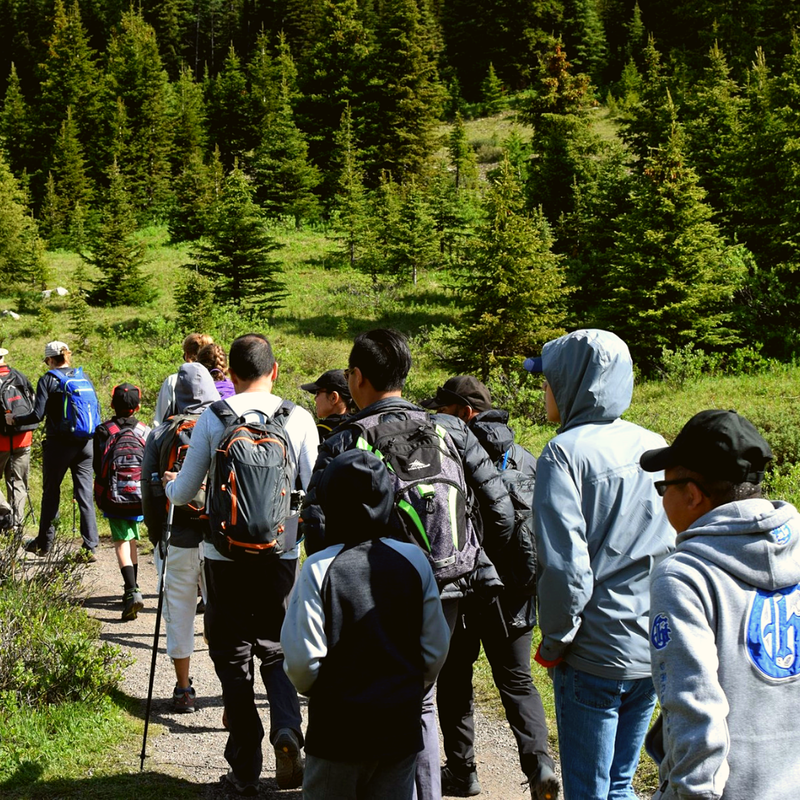




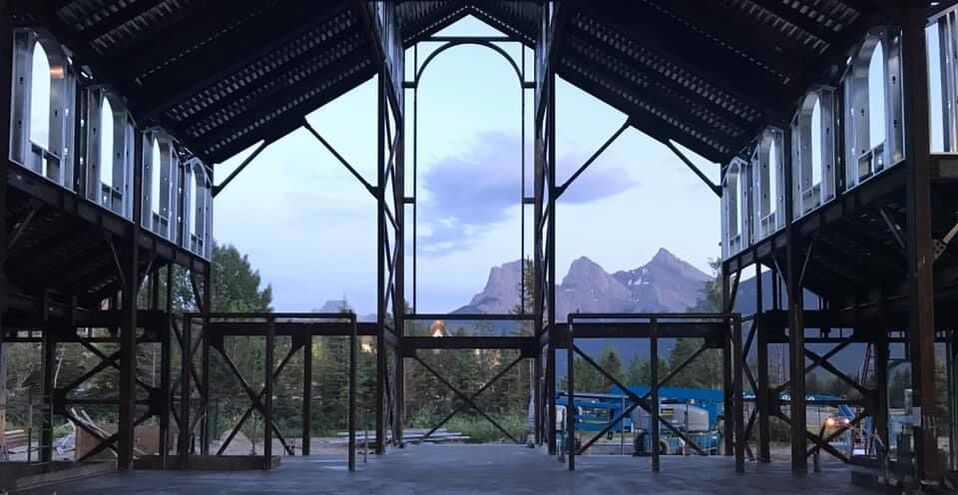


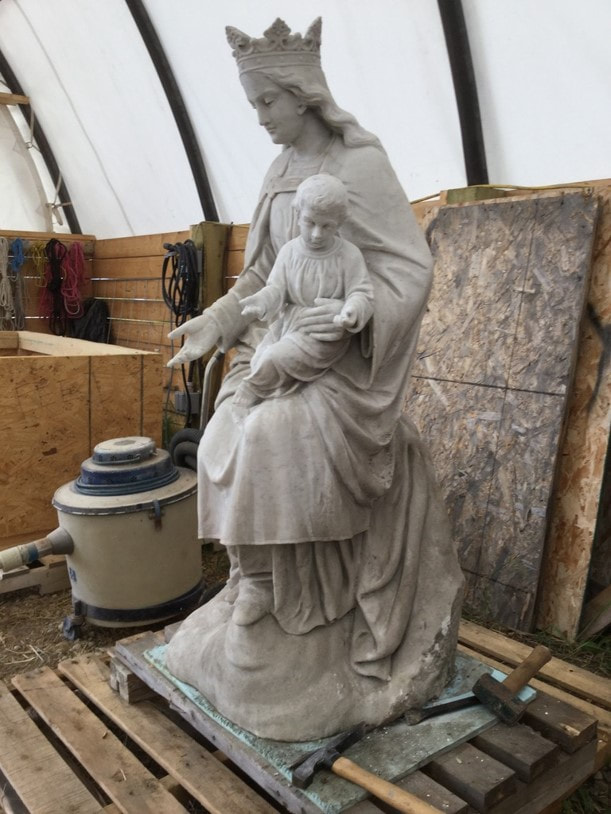







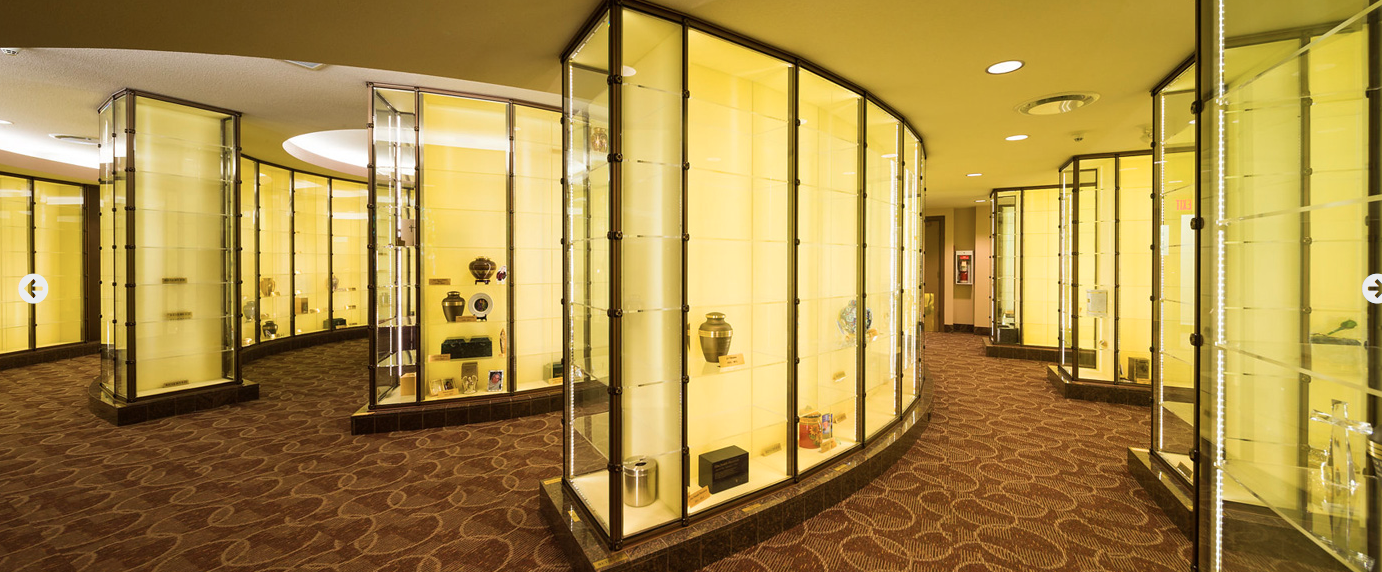






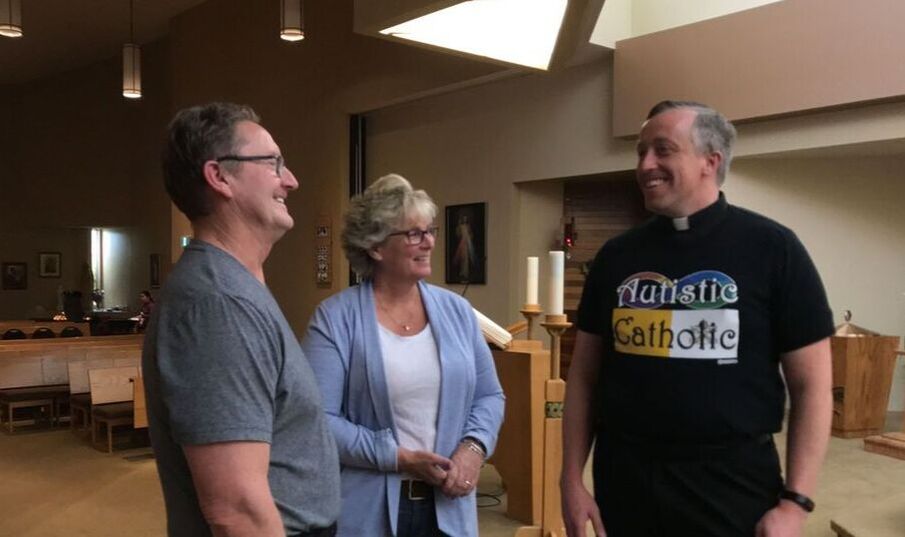

 RSS Feed
RSS Feed